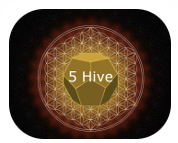The Psychedelic Research Group, Imperial College London are undertaking a global 5-MeO-DMT survey study and are interested in getting data on a planned 5-MeO session (including pre and post-experience, including long-term follow-up). More information in the link below. I know any and all data feedback will be very much appreciated.
https://5meodmt.psychedelicsurvey.com/
https://5meodmt.psychedelicsurvey.com/


